Wellington Great War Exhibition Part 1
One of the stops that I was most eager to visit, was the Great War Exhibition in Wellington. It marked more or less the last stop on our trip around the north island, before we went for further two and half weeks on the south island. But let me tell you why I was so excited to go there. The GWE is home to an large diorama that was created in cooperation with Perry Miniatures and the New Zealand wargaming scene. And were not talking about some 4 by 8 ft table, but something far bigger.
You may have seen the coverage about the Gallipoli exhibition in Te Papa on this blog, but the Great War Exhibition goes a bit further. It is located in the Pukeahu National War Memorial Park, and is shown in the New Zealand Dominion Museum since April 2015 until November 2018. In the park there are further memorials as well, among them the War Memorial Carillon (picture in the middle) and the tomb of the unknown soldier (third picture).
The Great War Exhibition is split into two rooms, one exhibition in the Great Hall, starting behind those dark wooden doors. The entry fee ist 15 NZD for the museum, including a temporary exhibit that changes every few month.
The Great Hall starts with a recreation of pre-war Belgian village and gives you an introduction to the situation before the war. From there you move in chronological order through the years and conflicts mainly in the european theatres of war. The village is recreated with a lot of details, including posters, stores and music playing in the background.
The war began in 1914 and that is shown by the first gate made of stone, with the year written in large numbers and a short subtitle beneath "Over by Christmas". The euphoric sensation of the people, that this would be short conflict and gone by the end of the year.
There a lot of exhibits, again small dioramas, like this fortification, and weapons shown, like the different rifles from both sides.
The early war uniforms were shown, of european and colonial troops as well. Including the information about how many soldiers each of the nation send to war. With more than 125,000 New Zealanders serving in the army at the beginning of World War one, that is more than 10% of the total population of the country.
On the other side of the room are the different transports and vehicles shown, including an Dennis bus, a coach, an aeroplane.
Moving on through the gate of 1915, "digging in". The war would come to an earlier stop, line of battle of which both sides would fight long battles over inches of ground.
The trench warfare is shown, including the brutal tools of war, with large howitzers, new automatic guns and other equipment that would soon be replaced by more appropiate and modern gear.
Mid of war, 1916, flesh and steel.
And interesting diorama showing the deep trenches of the western front. With a large no mans land in the middle. Alternating attacks to secure ground, only to be shot down by the enemies guns. A devastated and broken land would be left for the winner to conquer.
The gear changed, to with be of more use against the mortar fire and mg bullets. The second and third picture show an interesting show case. A moving mirror would let you take a look at the intact fortification and switched every couple of seconds to the destroyed version.
They even recreated parts of an entranchement in the great hall, including battle scenes, with the help of Weta Workshop.
One of the highlights of this exhibit, not only in the Great Hall would be the very rarely seen colour pictures of world war one.
And the second-to-last gate of 1917, muddy progress.
The months of moving the line of battle a few miles to the east, then to the west and back to the east, destroyed it for the most parts. For those to follow, they came to see plains of muddy, brown earth. As you can see in this roughly 6-10mm recreation of it.
And more colour images from world war one, showing the entrechments and the New Zealand troops on the western front.
The last gate of the Great Hall marks 1918, the final year of the Great War, last man standing.
Mostly showing the coloured images from the final years, it summed up the end of the war. Including the new drawn map of Europe and the incredibly high death toll the war. A bit more than 10% of the 125,000 soldiers New Zealand send to war never made it back, 2 Mio. of the 11 Mio. soldiers the german empire sent to war died during the four years of World War one.
If you are wondering where the Gallipoli diorama was, so was I was this point. It is in a dedicated ANZ room, in the second part of the museum, as well as the second part of this article. Please continue here: Great War Exhibition Part 2.
Link: Great War Exhibition
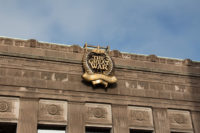
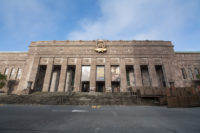
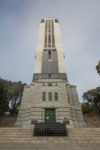
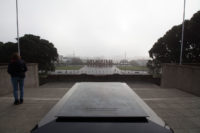

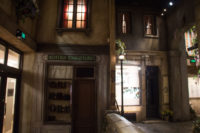
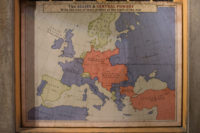
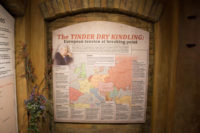
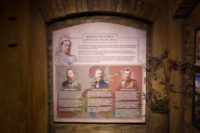
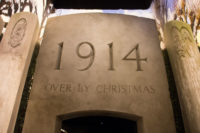
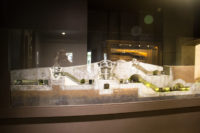
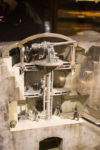
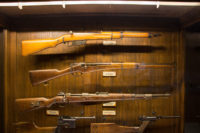
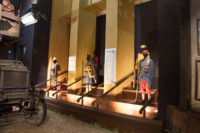
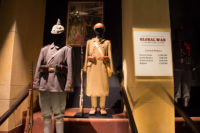
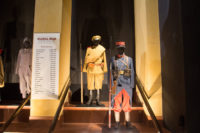
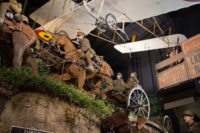
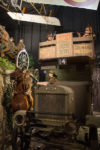
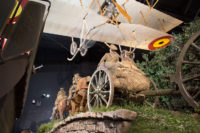
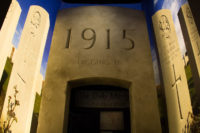
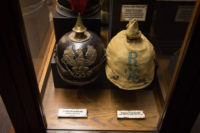
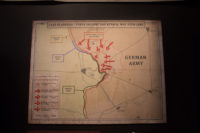
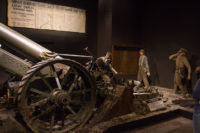
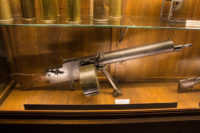
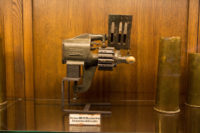
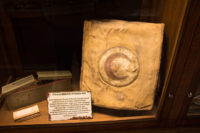
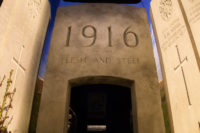
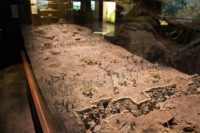
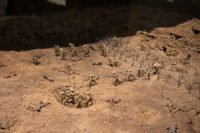
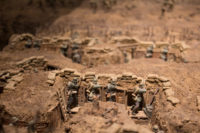
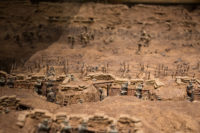

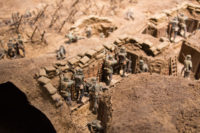
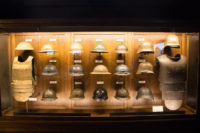
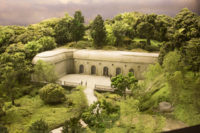
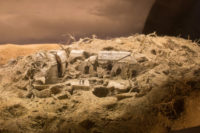
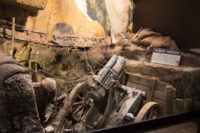
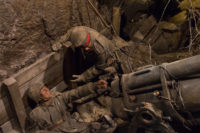
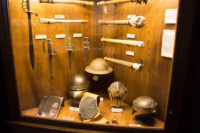
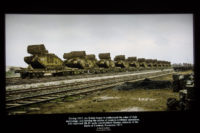
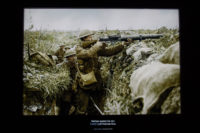
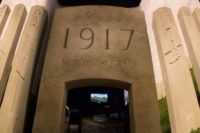
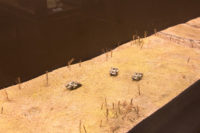
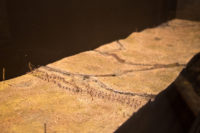
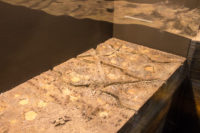
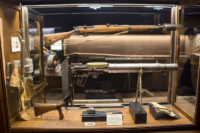
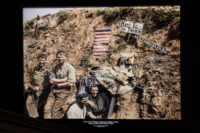
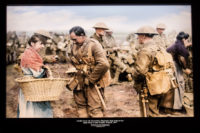

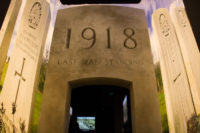
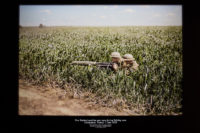

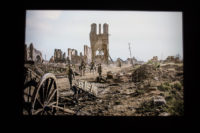
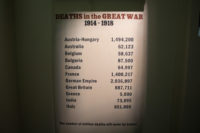
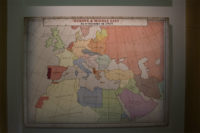
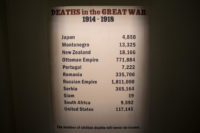












Leave a Reply